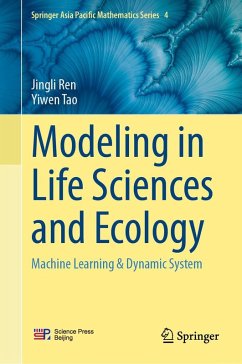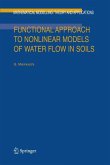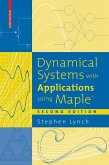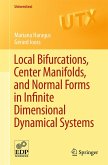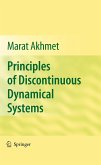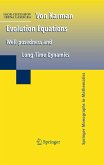This book begins by exploring the fundamental concepts of dynamical systems and machine learning modeling, elucidating the workflow of these two modeling approaches. While primarily tailored as an introductory textbook for both undergraduate and graduate students, its broader aim is to captivate the interest of seasoned ecologists and life scientists, beckoning them to explore the realm of modeling. The introduction and development of each section adhere to a practical problem-driven approach, aiming to address real-world issues. The focus is on addressing how to establish and evolve appropriate models based on practical problems or data.
Throughout the book, the authors deliver rich content and diverse models. A detailed overview of the workflow for both machine learning and dynamical system modeling is provided, covering topics such as stability and bifurcation theory, fundamentals of machine learning algorithms, data processing, and visualization methods. Regarding dynamical systems, the authors encompass various types of models, including delay, diffusion, continuous, and discrete models. For machine learning, both black-box and interpretable models are covered in this book, including neural network model, ensemble learning model, SHAP, LIME, and more.
Ecologists, life scientists, and applied mathematicians might find this book helpful. It can be also used as a textbook for both undergraduate and graduate students.
This book is related to SDG 15: Life on Land
Throughout the book, the authors deliver rich content and diverse models. A detailed overview of the workflow for both machine learning and dynamical system modeling is provided, covering topics such as stability and bifurcation theory, fundamentals of machine learning algorithms, data processing, and visualization methods. Regarding dynamical systems, the authors encompass various types of models, including delay, diffusion, continuous, and discrete models. For machine learning, both black-box and interpretable models are covered in this book, including neural network model, ensemble learning model, SHAP, LIME, and more.
Ecologists, life scientists, and applied mathematicians might find this book helpful. It can be also used as a textbook for both undergraduate and graduate students.
This book is related to SDG 15: Life on Land

